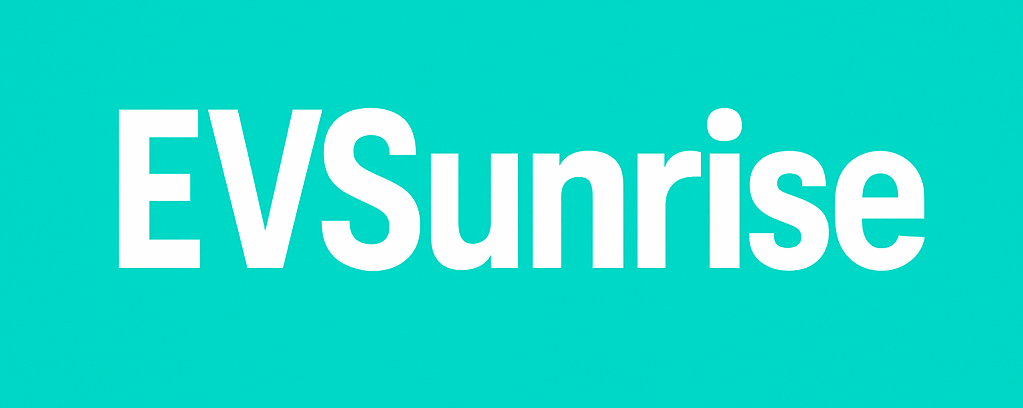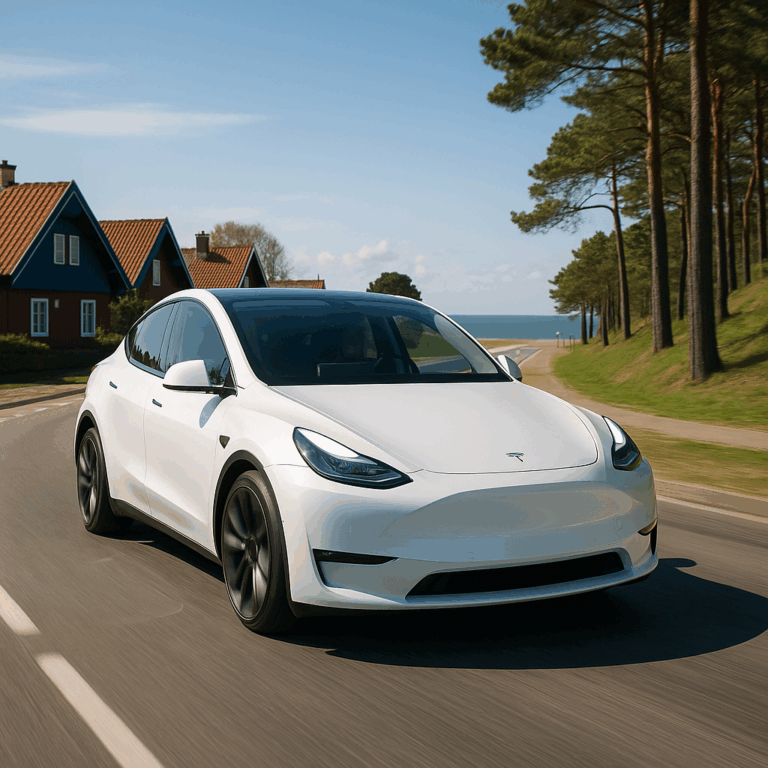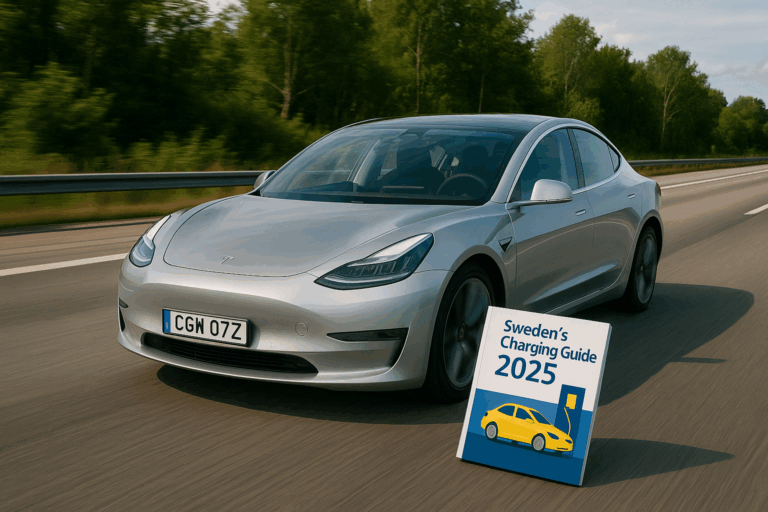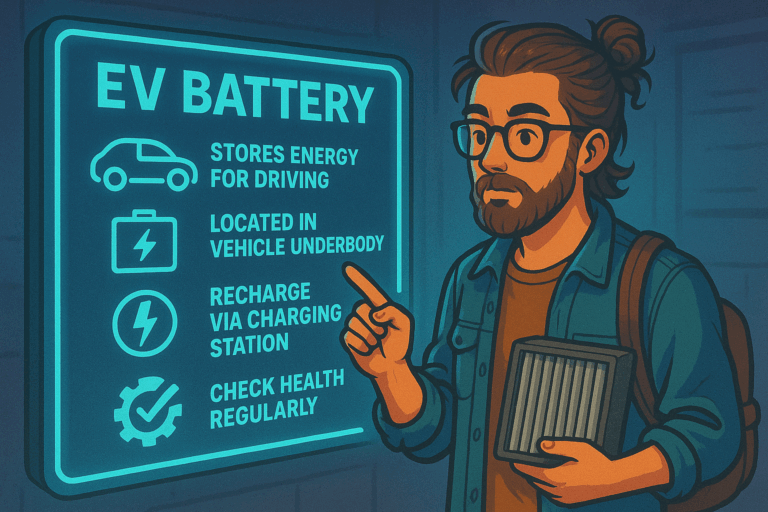Electric Cars Hit 4% Market Share in India: A Shocking Surge in Just One Year!
New Delhi | June 2025 —
India’s electric dream just got a high-voltage jolt of momentum. For the first time ever, electric vehicles (EVs) have crossed the 4% mark in monthly passenger car sales, hitting 4.1% in May 2025—up from 2.6% in May 2024.
That’s not just a statistic—it’s a signal. A paradigm shift.

In a nation where petrol pumps once symbolized mobility, a growing number of Indians are now plugging in their rides, drawn by the lure of clean air, lower fuel costs, and the rising cool factor of driving an EV. 🚗⚡
📊 The Numbers That Shocked the Auto Industry
According to the latest figures released by SIAM (Society of Indian Automobile Manufacturers) and corroborated by industry analysts from ICRA and JATO, India sold over 45,000 electric cars in May 2025, marking a 57% year-over-year growth.
The total passenger car market stood at approximately 1.1 million units, which places EV penetration at 4.1%—a new all-time high.
“This isn’t just a trend anymore—it’s an adoption wave,” said Rohit Deshpande, auto sector lead at JATO Dynamics India. “Two years ago, we were debating whether EVs could cross 2%. Now they’re charging toward double digits.”
🚘 What’s Driving This Surge?
1. Price Drops 💰
EVs are getting cheaper. Thanks to local battery assembly, improved supply chains, and government-backed subsidies, entry-level EVs like Tata Tiago EV, MG Comet EV, and Citroën ë-C3 are now within reach of the Indian middle class—with prices starting below ₹8 lakh.
2. Infrastructure Boom 🔌
India’s public charging stations have grown over 5x in the past two years, crossing 16,000 active points in May 2025. Tier-2 and Tier-3 cities like Surat, Bhubaneswar, and Indore are now seeing new fast chargers popping up at malls, petrol stations, and even kirana store lots.
3. Range Anxiety? Not Anymore
Today’s EVs can confidently clock 250–500 km per charge, putting to rest early concerns about long-distance travel. “I drove my Tata Punch EV from Delhi to Nainital with one charging stop—smooth as butter,” said Ritika Arora, a 32-year-old interior designer.
🏆 Top Performers in May 2025
Tata Motors continues to dominate, accounting for over 66% of all EV sales, with the Nexon EV and Punch EV leading the pack. Other key players:
- MG Motor: ZS EV and Comet EV see strong urban adoption
- Mahindra: XUV400 gains traction in fleet markets
- Hyundai: Kona Electric 2025 edition sees solid numbers
- BYD India: Atto 3 and Dolphin start tapping into premium conscious buyers
- Citroën: The French brand’s ë-C3 is making waves in budget-conscious segments
🛣️ Regionally Speaking: Where India Is Plugging In
- Maharashtra led the EV charge with 9.4% EV share, thanks to aggressive state subsidies and dense charging networks
- Delhi-NCR followed with 8.3%, bolstered by EV-focused parking laws and clean air campaigns
- Karnataka and Gujarat showed strong growth, especially in Bengaluru and Ahmedabad
- Surprisingly, Assam and Uttarakhand also posted EV share gains, as tier-2 cities jumped on the e-mobility train
🌍 Environmental and Economic Win-Win
With urban air quality deteriorating, India’s cities are desperate for change. EVs emit zero tailpipe emissions, which helps reduce PM 2.5 levels and improves urban breathing conditions.
From a consumer economics perspective, the average EV driver saves between ₹7,000–₹10,000/month on fuel and maintenance. Over five years, that’s the price of an entry-level hatchback. 💸
🗣️ Voices from the Streets
“I was skeptical, but the savings are real. I’ve cut my monthly fuel bill by 80%.”
— Rakesh Nair, Uber EV driver, Kochi
“No noise, no fumes, no stress. My EV is like a zen garden on wheels.”
— Pooja Khurana, yoga instructor, Chandigarh
“I run a food delivery fleet, and switching to EVs has improved our margins by 25%.”
— Amrit Singh, founder, EV Eats (Bengaluru)
🔮 What’s Next? The Road to 10%
Analysts predict that EVs could reach 6–7% share by early 2026, and 10% by 2027 if the current trajectory holds.
Tata, Mahindra, and even new entrants like Ola Electric (four-wheeler debut coming Q4 2025) are betting big on continued adoption. Government policy, too, is evolving:
- FAME-III subsidy program is expected to launch by early 2026
- EV-friendly tax incentives and parking mandates are expanding
- Battery swapping pilots are underway in urban fleet zones
“If India maintains this momentum, it won’t just hit 30% by 2030—it could lead the world in mass-market affordable EV adoption,” said Reema Mehta, EV policy analyst at WRI India.
🛑 Challenges Still Ahead
- Charging infrastructure still lags in rural and semi-urban areas
- Battery imports remain high, with dependence on China continuing
- Resale market for EVs is nascent, making long-term value retention unclear
- Electric SUVs remain expensive, out of reach for most middle-income buyers
However, many of these issues are being actively addressed. New battery recycling units, gigafactories, and EV financing products are rolling out monthly.
⚡Final Word: India’s EV Moment Is No Longer “Coming”—It’s Here
From hesitant curiosity to mainstream conversation, electric cars in India have come a long way—and May 2025 might just be remembered as the month EVs crossed the 4% rubicon.
With homegrown giants investing billions, a vibrant startup ecosystem buzzing with innovation, and consumers finally seeing EVs as more than just a tech gimmick, India’s electric age has officially left the station.
Next stop? 10% and beyond. 🌍🚘⚡






